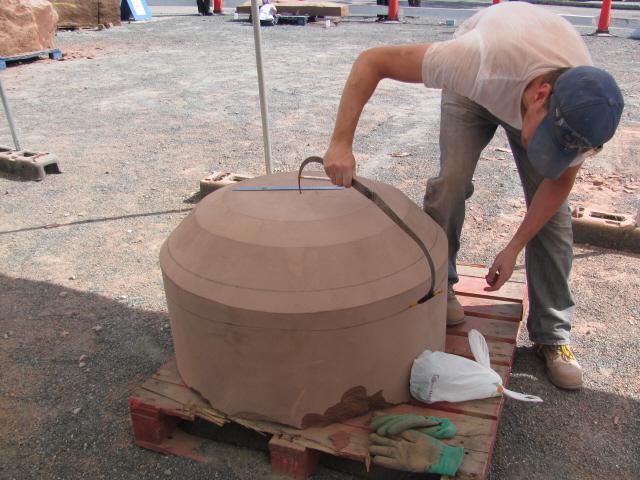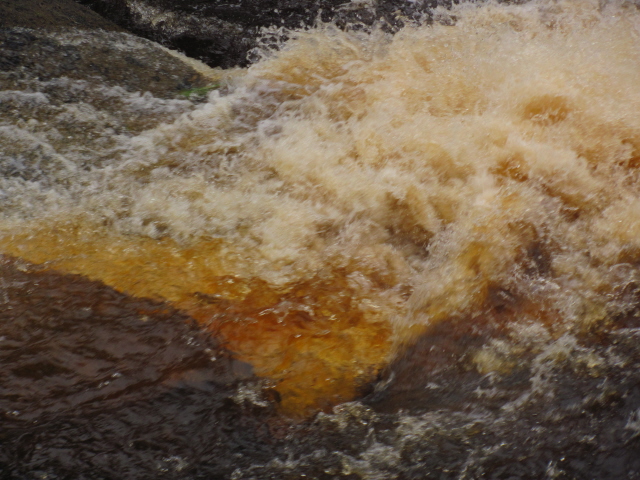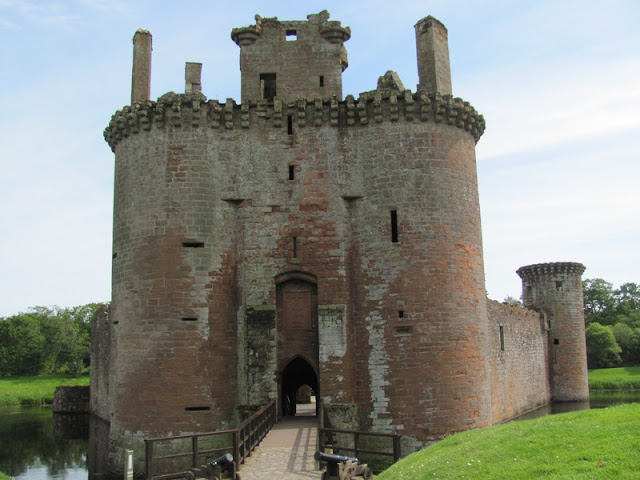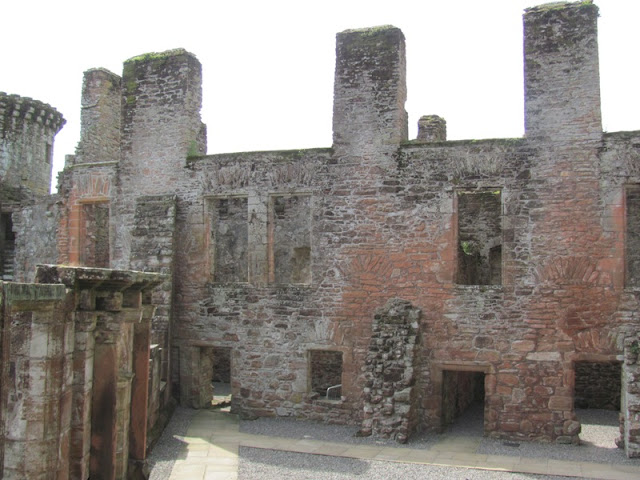A couple of blogs ago we saw the start of this year's sculpture symposium. Today we're at the half way mark and for the sculptors who have been here since the beginning things are really starting to shape up. These pictures here cover Monday through to Wednesday.
We'll kick of here with Martha and her knotted rope. Five days, it seems, is long enough for her to start receiving mail in the harbour square.
Not so wee and sleekit, it's quite easy to see what is appearing from Alan's piece. In all the times I've passed by, I don't think I've seen him working with anything more aggressive than a hammer and chisel.
It's certainly more than a hammer and chisel for Nigel, who now looks like he has the basic shape made. Though not pictured here, when I left this afternoon, he had the marking for some of the details chalked out on one side.
Nuala and Toms' piece progresses with just Nuala at the moment. I'm told that Tom was returning shortly after I left today.
One of the advantages of the symposium is that the sculptors are working close together and can interact and learn from each other. Here's Martha having a wee shot at Nuala's rock.
Eldon's piece being shaped and smoothed.
It is of course, not so straight forward to move such large pieces of stone about. Here's the forklift shifting Eldon's for him. I think it was going to get stood up - we'll see the next time we pass.
Chris, who has put a lovely stippled surface on most of her rock, is putting a tartan pattern on the flat surfaces.
The large empty surface you see here from Monday, was well on the way to being patterned when I left today. Being a bit of a daftie, I forgot to take a picture of it.
The light's not being kind to me here but the checks have been coloured with wax.
Andy Breen, who was here last year and is a regular at art events in the town, arrived today and start carving a large cedar log out side the gallery at the harbour. It is his intention to move round to the Greengate gardens once it's small enough to fit through the gate.
Peter Dowden, marked down as absent in the last blog has actually been labouring away round at the museum. Though every time I arrive there seems to be the wrong time - pictures from Peter eventually.
Michelle's lettering is progressing brilliantly - see for yourself.

Ali, who studies sculpture in Italy and whose website I eventually found here, tell's me that the way to carve a perfect sphere is to carve a perfect cube and remove the edges in a contoled manner. Here he's producing a flattened sort of sphere so it's not a cube that he's starting with.
He had a little model of the shape he intends to produce.










































































